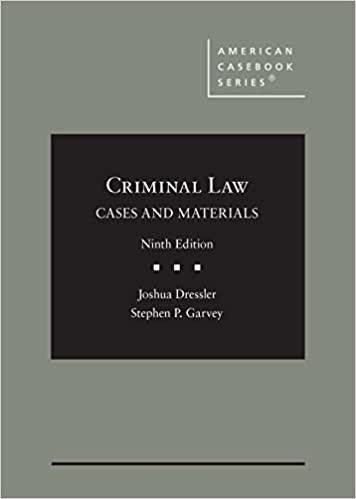Answered step by step
Verified Expert Solution
Question
1 Approved Answer
Stellar Evolution Exercise Adapted from Lecture Tutorials for Introductory Astronomy workbook and Stellar Evolution Ranking Task Exercise Questions 1-3 deal with the birth of stars
Stellar Evolution Exercise Adapted from Lecture Tutorials for Introductory Astronomy workbook and Stellar Evolution Ranking Task Exercise Questions 1-3 deal with the birth of stars portion of Chapter 11. 1. Will the particles in a collapsing cloud of gas and dust move away from each other, move closer to one another, or stay at the same locations when evolving from a giant molecular cloud to a protostar? 2. What physical force or interaction causes the particles to move as you described in question 1? 3. Would happens to the temperature of a protostar as it becomes a main sequence star? Explain your reasoning. Use the following table to help you answer questions 4-6. Mass of the star in solar masses Main sequence lifetime of star 0.5 MSun 50 billion years 1 MSun 10 billion years 2 MSun 2 billion years 5 MSun 200 million years 30 MSun 2 million years 4. Which stars live longer...high mass stars or low mass stars? Based on your answer to question 4, is the rate of nuclear fusion of a low mass star greater than, less than, or equal to the rate of nuclear fusion of a high mass star? 6. A star with the same mass as the Sun will live _____ a star with 2 times the mass of the Sun. (less years than, the same years as, more years than) For questions 7-10, you will rank the following star stages in order using the letters given below. Do not include stages that do not apply. A - Subgiant, B - Neutron Star, C - Giant Molecular cloud, D - Type 1 Supernova, E - Black Hole, F - Supergiant, G - Black Dwarf, H - O spectral type Main Sequence Star, I - Nova, J - G spectral type Main Sequence Star, K - Protostar, L - Type 2 Supernova, M - White Dwarf, N - Planetary Nebula, O - Red Giant 7. Rank the stages in order from earliest to latest for a low mass star (i.e. a star with a mass less than 8 MSun ) with a companion. Rank the stages in order from earliest to latest for a low mass star without a companion. 9. Rank the stages in order from earliest to latest for a high mass star with a main sequence mass between 8 MSun and 24 MSun. 10.Rank the stages in order from earliest to latest for a high mass star with a main sequence mass higher than 25 MSun Black holes have been used in science fiction movies like Interstellar as time travel devices. Some movies like Back to the Future have the character go "Back in Time", but suppose that you could safely travel forward in time in a black hole: How far in the future would you go and why? Where would you want to go and why? Describe your typical day in the future (e.g. what would you explore, what activities would you do, etc.). If it were possible, would you want to come back to the present time and why
Step by Step Solution
There are 3 Steps involved in it
Step: 1

Get Instant Access to Expert-Tailored Solutions
See step-by-step solutions with expert insights and AI powered tools for academic success
Step: 2

Step: 3

Ace Your Homework with AI
Get the answers you need in no time with our AI-driven, step-by-step assistance
Get Started


